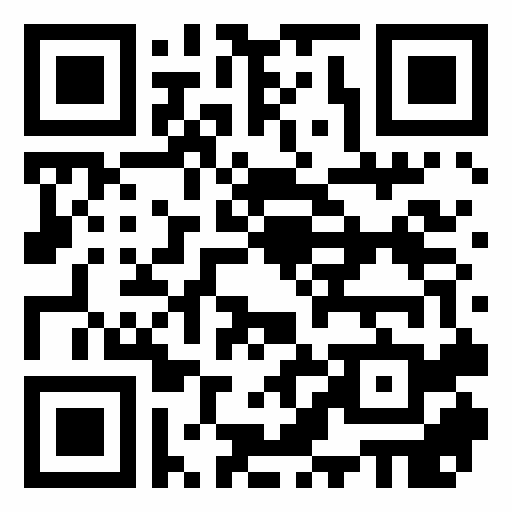Maryam Jalili Fazel1, Dr. Mozhgan Lotfi2, Dr. Ahmad Aghazadeh3, Babak Davami4, Dr. Zahra Sheikhalipour5
Aim: Burn and injuries associated with it are one of the factors leading to death and disability around the world. Musculoskeletal complications are seen commonly after burning. Thus, rehabilitation programs play major role in improving the functional and psycho-social status of burn patients. They help patients obtain independent function and return to society and work. Accordingly, the present study was conducted to develop an early motor program according to available scientific evidence and to evaluate its impact on duration of hospitalization and independent function of burn patients.
Material and Method: The current research is a clinical trial study, in which 124 patients hospitalized in the burn wards of Sina Educational and Medical Center were participated in the form of control and intervention groups. The control group received routine care and the intervention group received an early mobility program. This early mobility program was developed by the research team based on nursing texts on burn. Independent function scale included two motor and cognitive subscale. Score 1 to 7 was assigned for each part of different motor and cognitive subscale according to degree of dependence of patient in performing the related activities, so that score 7 suggests maximum independency in performing the related activities, while score 1 suggests the minimum degree of independency in performing the activities. It assesses the function of patients in terms of independence and dependence at seven levels. This scale was completed for both groups at discharge time and three months later. The collected data were analyzed using SPSS-24 software and Mann-Whitney and Wilcoxon tests.
Results: Significant difference was observed in score of independent function at time of discharge and three months later and it was higher in intervention group in the motor subscale in the part of ability to self-care. Additionally, significant difference was observed in the subscale of ability to move in terms of level of ability to transfer, displace, and mobility. In cognitive subscale, significant difference was found in part of social activity, comprehension, writing, social interaction, speaking, adaptation to limitations, using leisure time, problem solving, memory, awareness, concentration, and safety awareness. Findings related to comparison of total scores of independent function in two control and intervention groups at the time of discharge and three months later revealed significant difference between the two groups in part of self-care and ability to move in the motor subscale at time of discharge and three months later. Scores of independent function were higher in intervention group. Independent function scores in the cognitive subscale in parts of social activities, writing, emotional state, adaptation to limitations and using leisure time, problem solving, memory, awareness, concentration, and right judgment on the main issue were higher in the intervention group, compared to control group.
Discussion: findings related to independent function at time of discharge and three months later in control and intervention groups revealed that the mobility protocol had an impact on the motor and cognitive subscale and it increased independent function score. It also decreased the duration of hospitalization in burn patients. It is recommended that a comprehensive plan to be developed at the level of burn centers so that the effectiveness of this plan to be proved and it is notified and implemented as a comprehensive protocol. It is also recommended that this plan to be included as part of the routine methods in nursing care provided for burn patients.
